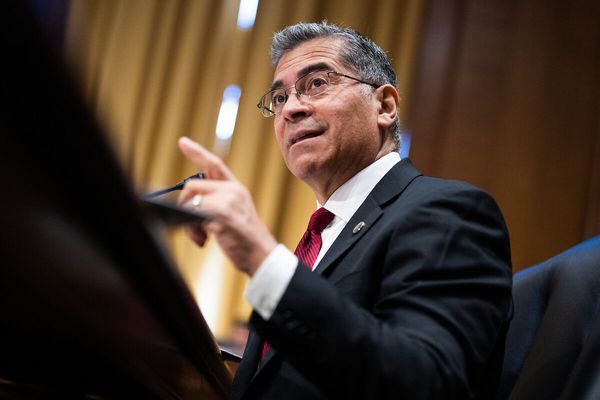
Rosita Missioni, co-founder and matriarch of Missoni, passed away earlier this month. She was 93 years old. She leaves behind a rich legacy, and of course, the Italian label’s iconic zig-zag knit. Let’s take a look back at her story…
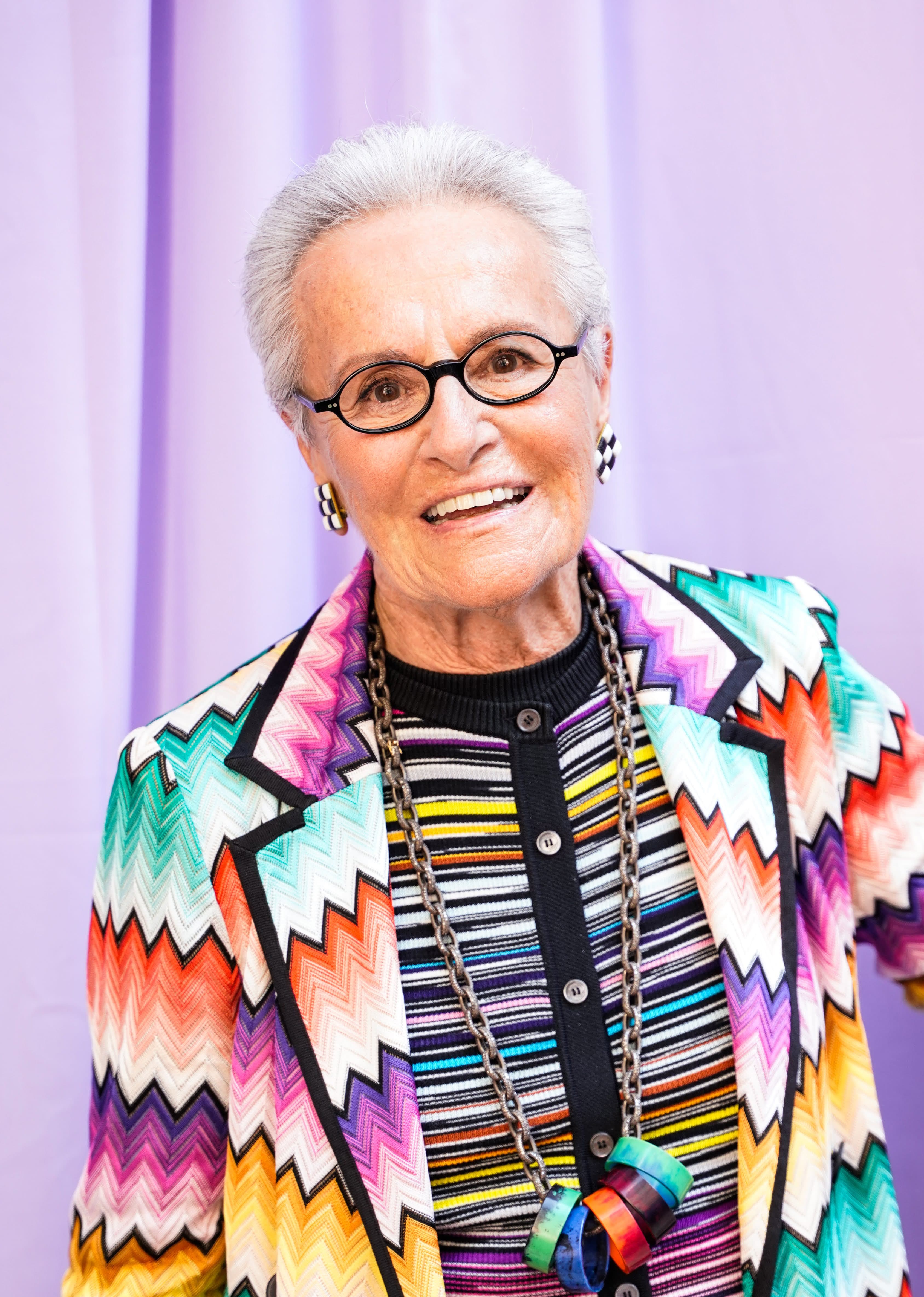
Two artisans meet
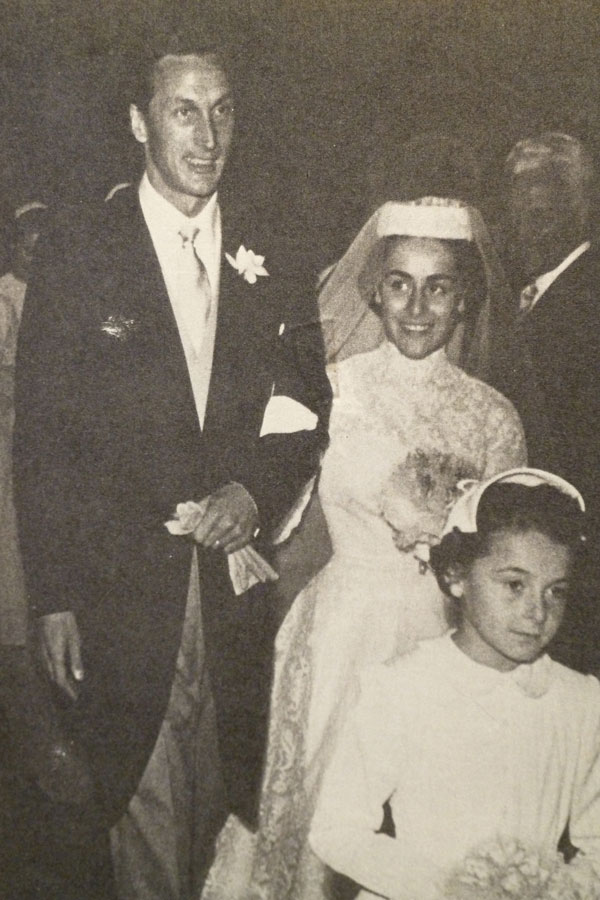
Rosita Jelmini was born in 1931 in the town of Golasecca, Lombardy. Her parents Angelo and Diamante both worked in the family’s shawl and embroidery factory. After graduating from her language studies in 1948, Rosita traveled to London on a trip that was designed to improve her English, supervised by Swiss nuns. There she spent a day at Wembley Stadium watching that year’s Olympic athletics competition, spotting an Italian competitor named Ottavio Missoni win in the 400m hurdles.
Known as Tai, Ottavio was a decade older than Rosita. The pair arranged a proper meeting by the Eros statue in Piccadilly. At the time, Tai was producing his own knit tracksuits, including bottoms with a zip so that they could easily be pulled on over trainers. He later made the Italian uniforms for the 1952 Olympics.
Back in Italy, the pair courted and got engaged in 1951. Rosita has been working at her maternal grandparent’s company for two years. When the couple married in 1953, she left the family business in order to set up a new one with her husband.
The start of Missoni
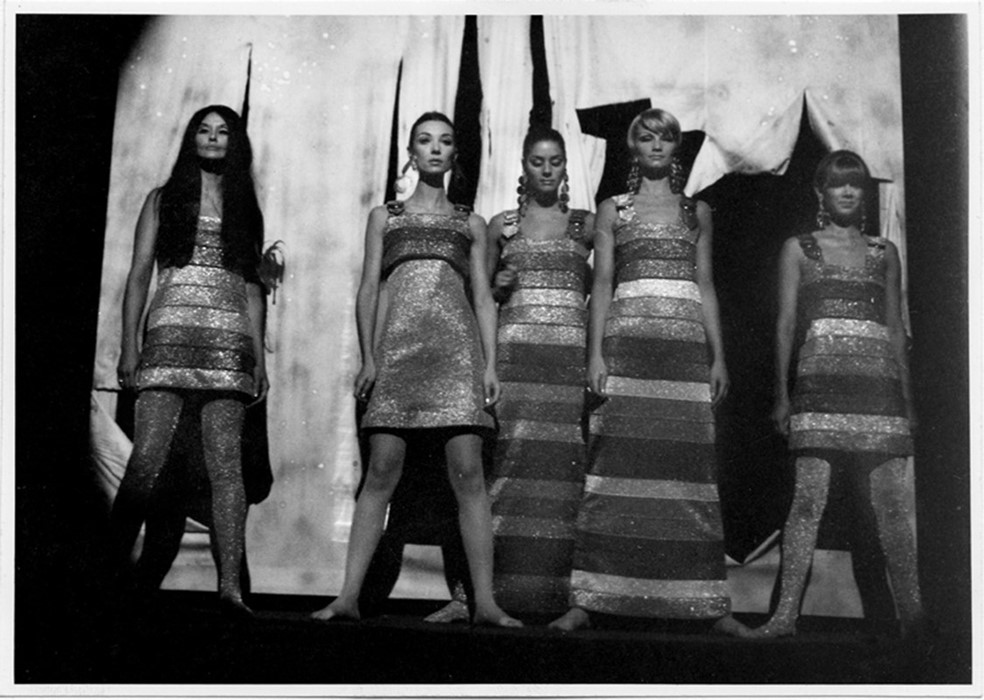
The company was initially named Maglifio Jolly. "When I got married, four sewing machines arrived with my husband," Rosita told the AFP news agency in a 2016 interview. These were set up in the basement studio of their house in Gallarate, northwest of Milan.
By 1958, when their third child Angela was born, they had generated enough interest from retailers to put their own name on the garments they were producing. The couple got their big break that year when Milanese department store La Rinascente ordered a large collection of colourful striped dresses, all with Missoni labels. These were then featured in the shop window.
The signature zig-zag

The chevrons arrived in 1962 when the pair discovered an update of the Raschel [warp knitting] machines. Recalling her grandparents’ shawl knitting techniques, Rosita conceived a fresh take on antique flame stitch embroidery which went on to become synonymous with Missoni. These psychedelic and colourful patterns were perfectly apt for the spirit of the 1960s and the rise of Italian ready-to-wear fashion. Missoni was noticed, and then enthusiastically promoted, by fashion journalist Anna Piaggi.
Re-inventing the fashion show
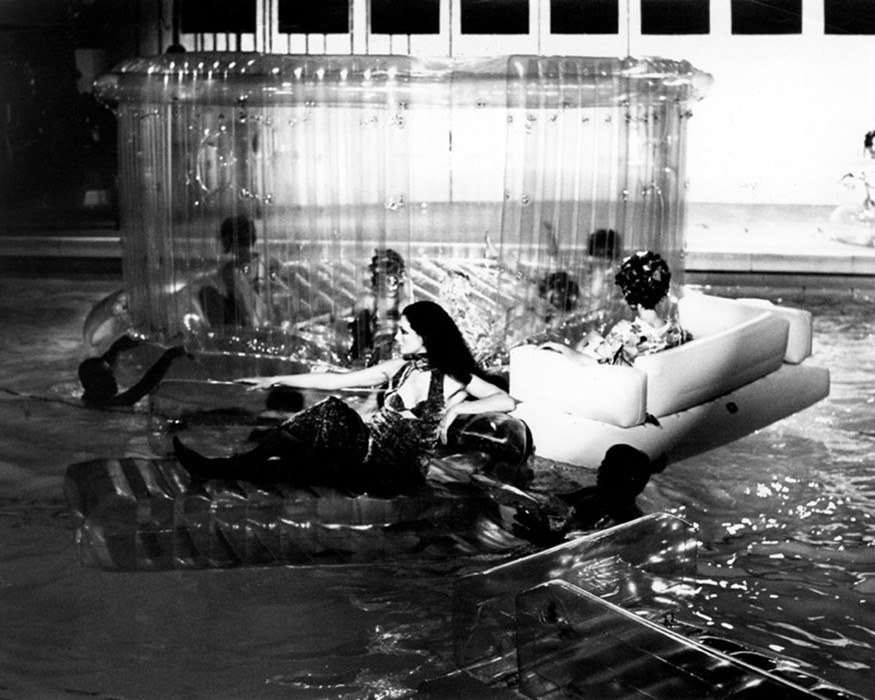
This interest led to the duo hosting Missoni fashion shows. In Italy, at a time before the established fashion calendar we know today, these took place in Florence and Rome and were focused on alta moda (the Italian counterpart to the French’s haute couture). The first Missoni show was held in Milan in 1966 at the grand Teatro Gerolamo. The Missonis then took the collection to show in Paris later that year.
In 1967, Rosita and Tai were invited to show their clothes at Palazzo Pitti in Florence. Before the show, Rosita was unhappy with how the models’ underwear was visible beneath the light, clingy Missoni fabrics. Having them remove it and walk the runway without undergarments caused a stir with the audience of press and buyers, as the spotlights rendered the garments totally transparent. "It was a big scandal: they said we were transforming the fashion shows into the Crazy Horse," Rosita said at the time, referring to the Parisian cabaret known for its nude live performances.
The Missonis weren’t invited back the following season, but instead hosted another show in Milan in 1967 at Piscina Solari. Featuring floating inflatable furniture designed by Quasar Khanh, Angela Missoni told journalist Alexander Fury in 2018: “All of a sudden, the house collapsed in the pool and all of the sudden all of the girls went straight into the swimming pool. It was a real happening!”
Scandalous shows catapulted the brand into the public consciousness.
Going global
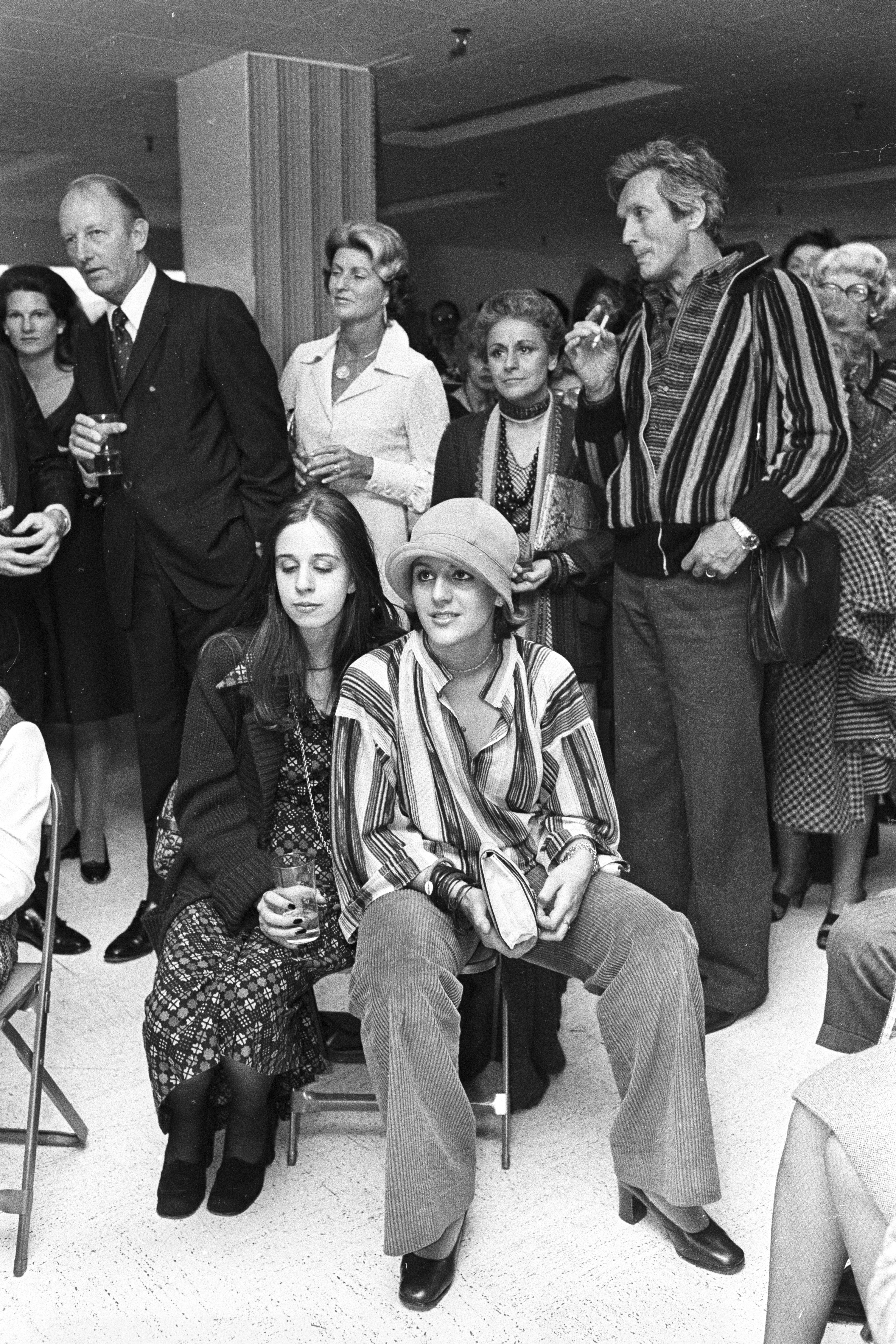
In the 1970s, Missoni’s signature motifs became big in the US, being stocked in department stores across New York, San Francisco, Boston, and Los Angeles. This was partially due to the support of the legendary Vogue editor Diana Vreeland, who in November 1970 invited the Missonis to show their collections to an audience of prolific buyers and the entire editorial staff of Vogue America at the Palace Hotel. Upon seeing their clothes, Vreeland remarked: “These people are geniuses! Who says there are only seven colors? There are also tones!"
Their creations were dubbed as “put together”, highlighting how Missoni’s separate garments allowed customers to freely create their own style and looks. Saks Fifth Avenue and Neiman Marcus began stocking the brand shortly afterwards, and Bloomingdale’s gave the Italian label its own store-in-store. In 1978, the Missonis showed their collection at a quarter-century retrospective in the Whitney Museum of American Art — the first time a fashion exhibit was accepted to show in its prestigious rooms. And when Milan Fashion Week formally began a few years later, Missoni was amongst the founding brands. June Weir and Joan Buck wrote in WWD: “Missoni already offers a good reason to come to Milan; Rosita and Tai Missoni are no longer just Italian fashion, they are world leaders.”
Building a lifestyle brand
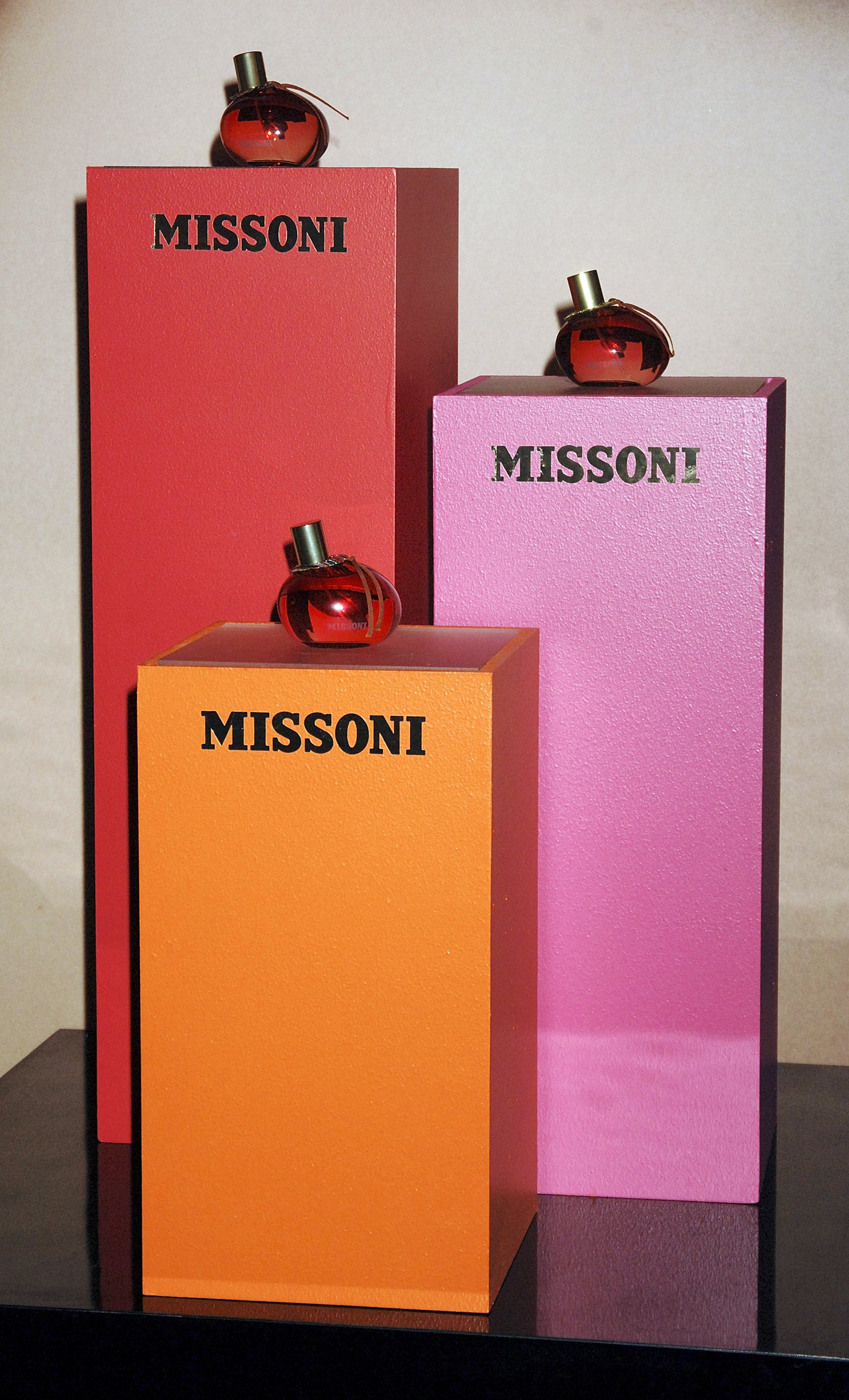
During the 1980s, Missoni established a homeware business and expanded into fragrance and beauty, launching a perfume in New York. In 1985, Missoni Sport was born, a diffusion line of sportswear.
Rosita was keen for Missoni design to enter the world of interiors, and she hated waste – the appeal of knitting was that it wasted less yarn than cut and sewn cloth. Throughout her career she reclaimed and repurposed workshop scraps.
“My mother was equal parts creative visionary and fearless leader,” Angela Missoni told Vogue. “She had the determination to make things happen and, together with my father, changed the course of fashion. She brought this same energy to every part of our family life—she showed us how to live life in colour and created a Missoni lifestyle long before the term lifestyle brand was coined.”
A family business

After more than 40 years leading the house, Rosita and Ottavio began passing on responsibilities to their children. Luca became the menswear designer, Vittorio the marketer, and Angela took over from her parents as head of design in 1997.
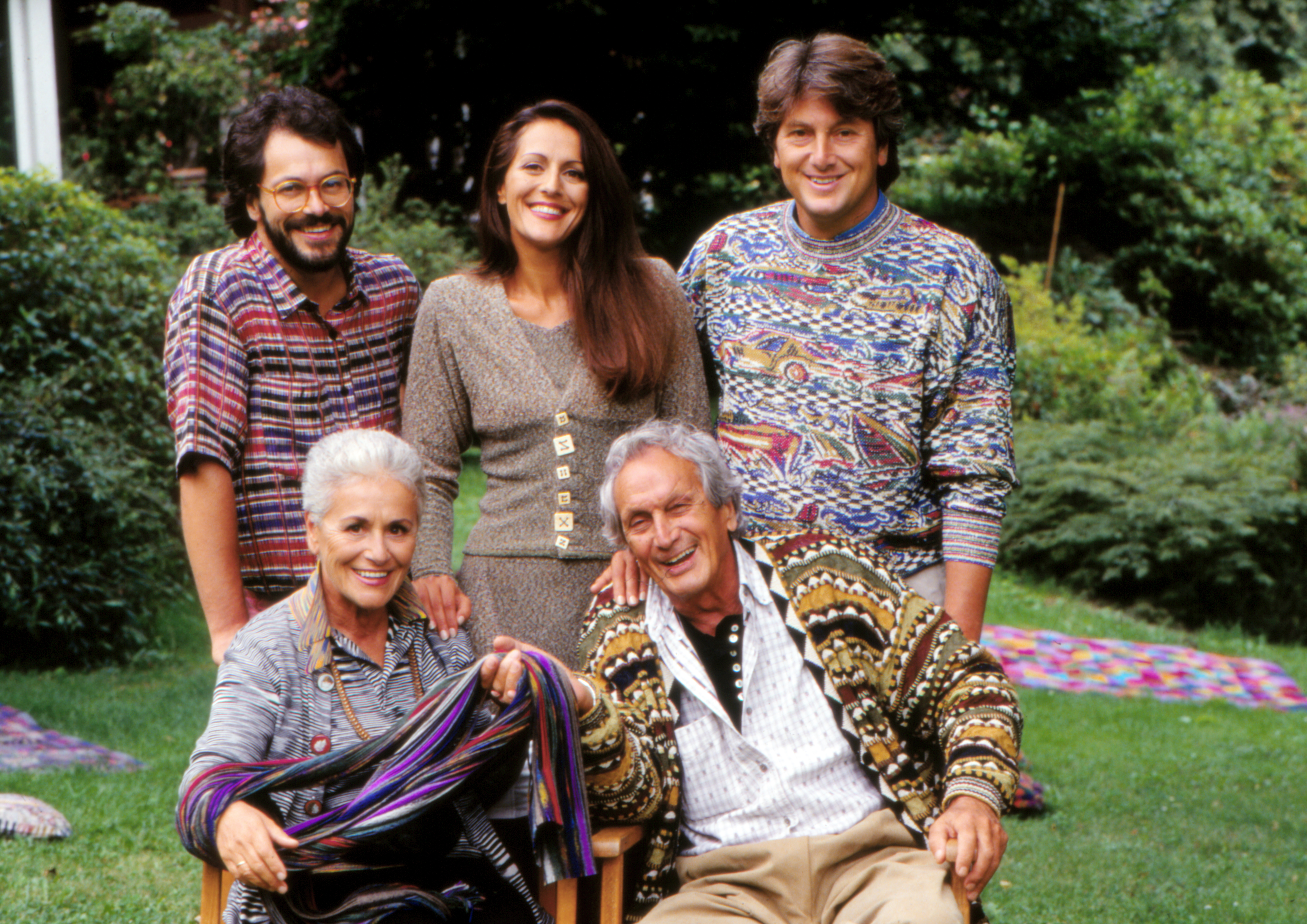
While their children developed and built upon the Missoni empire their parents had created, Rosita focused specifically on the Missoni Home part of the business. The first collection was launched in New York in 2000. This enabled her to pursue multiple passions, such as research trips and homemaking. Her decor ideas drew on her lifetime of collecting, and the pleasure she and Tai had in the constant making of things for their Sumirago home.
In 2009, the first Hotel Missoni opened in Edinburgh. A subsequent one opened in Kuwait, applying the brand’s signature colourful style and flair.
In January 2013, Vittorio died in a plane crash while returning from a trip to Venezuela. A few months later, his father Ottavio passed away aged 92, at home surrounded by his family.
Missoni’s future
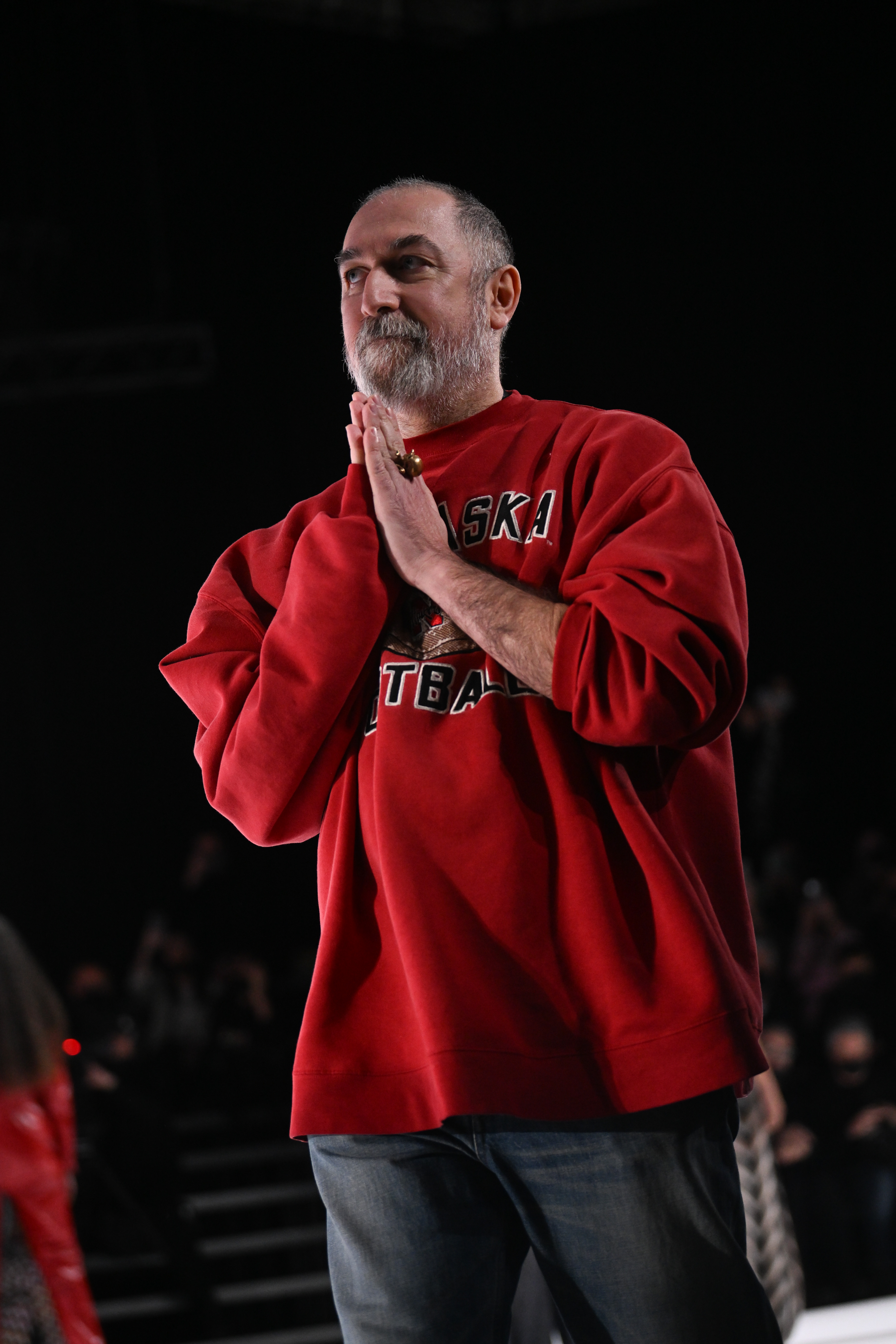
In 2018, the Missoni family sold a 41% stake to private equity investors Fondo Strategico Italiano. In 2021, Livio Proli (who became CEO in May 2020) replaced Angela Missoni as head of design with Alberto Caliri (on an interim basis), who worked with her for 12 years. Proli also replaced Margherita Maccapani Missoni, Angela’s daughter, as designer of the house’s lower priced M Missoni line, a role she had taken on in 2018.
In 2022, Alberto Caliri took over from Rosita as creative director of Missoni Home. Towards the end of her life, Rosita regularly invited interior magazines to photograph her beautiful and eclectic Sumirago home.
Filippo Grazioli was appointed creative director in March 2022. He stepped down in October 2024, for Alberto Caliri to be reinstated.
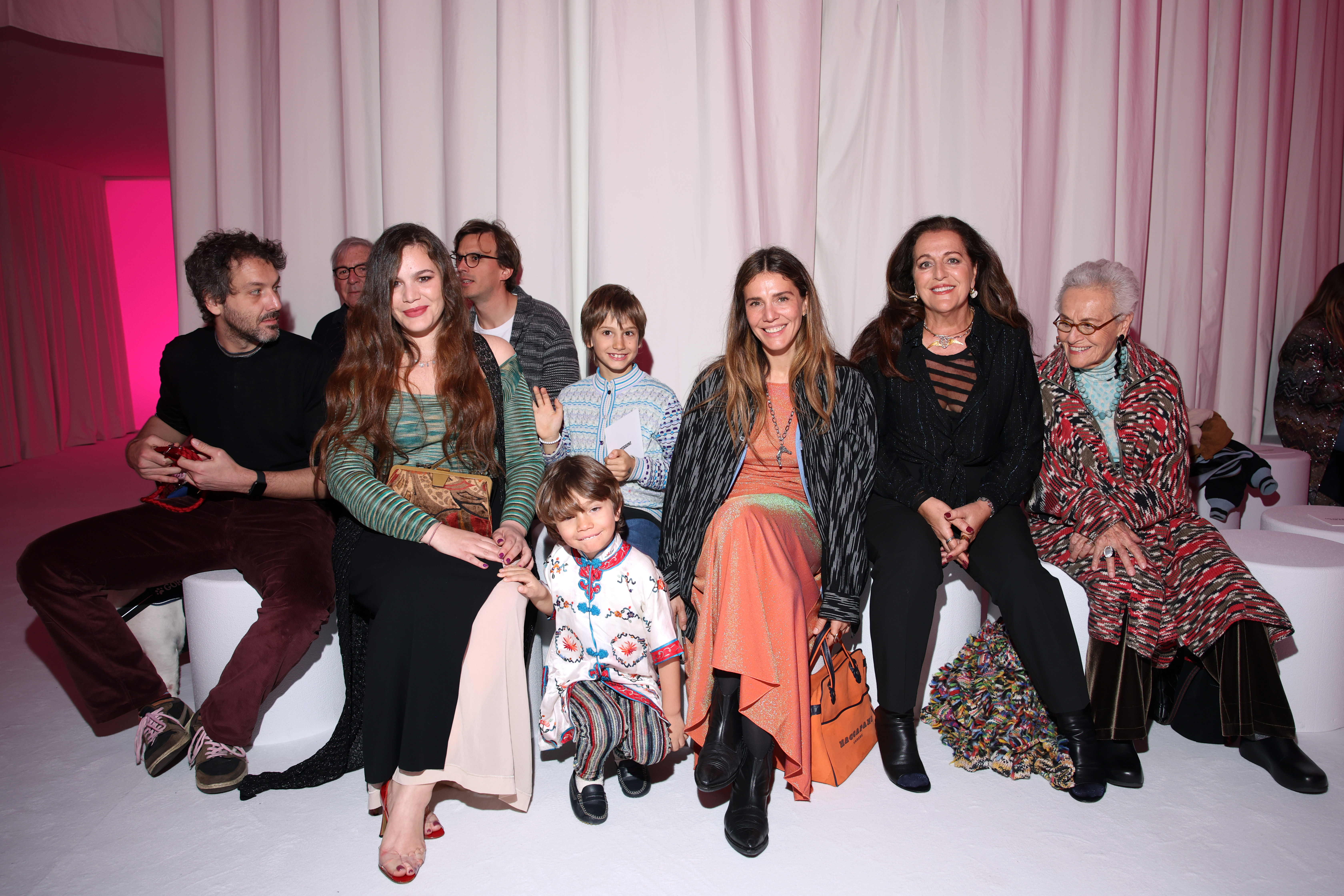
Rosita is survived by Luca and Angela, nine grandchildren and 10 great-grandchildren.



